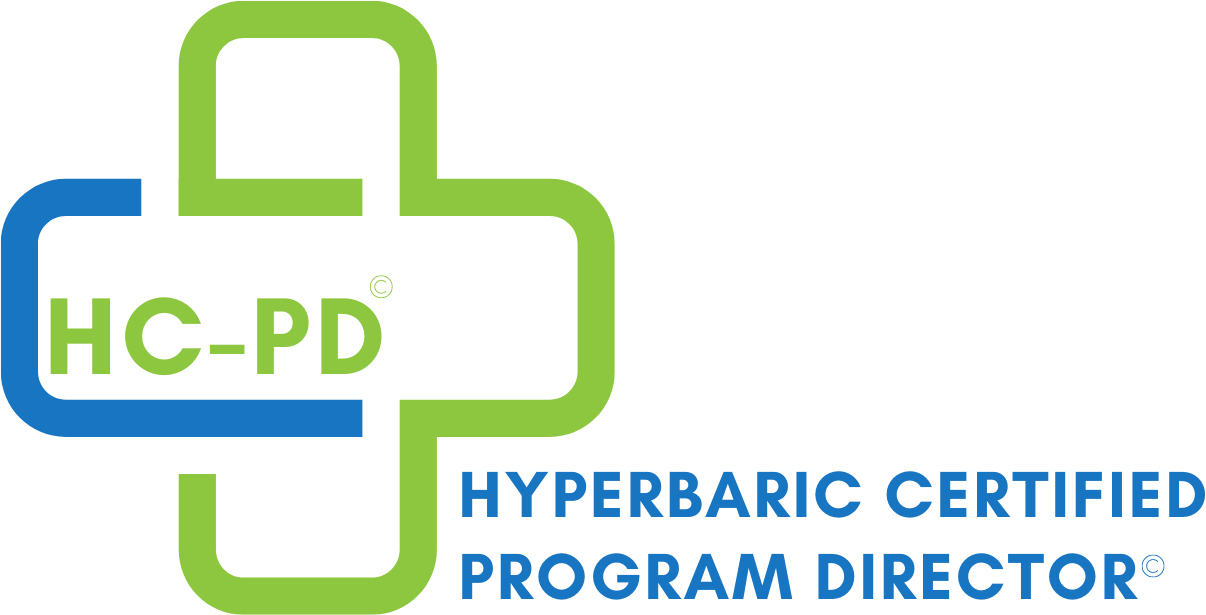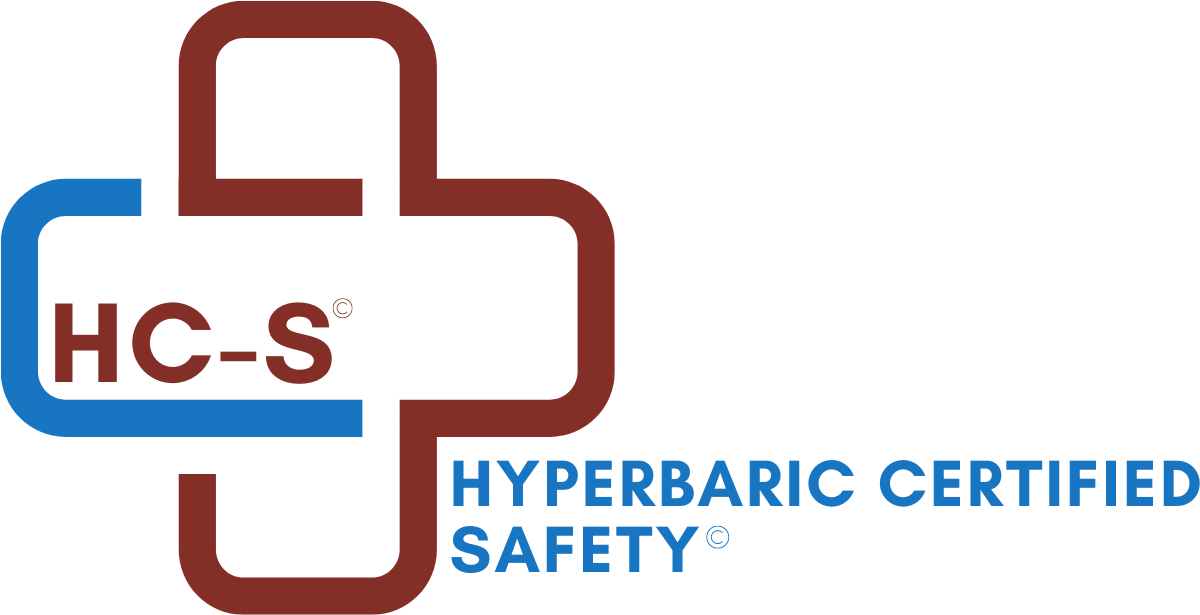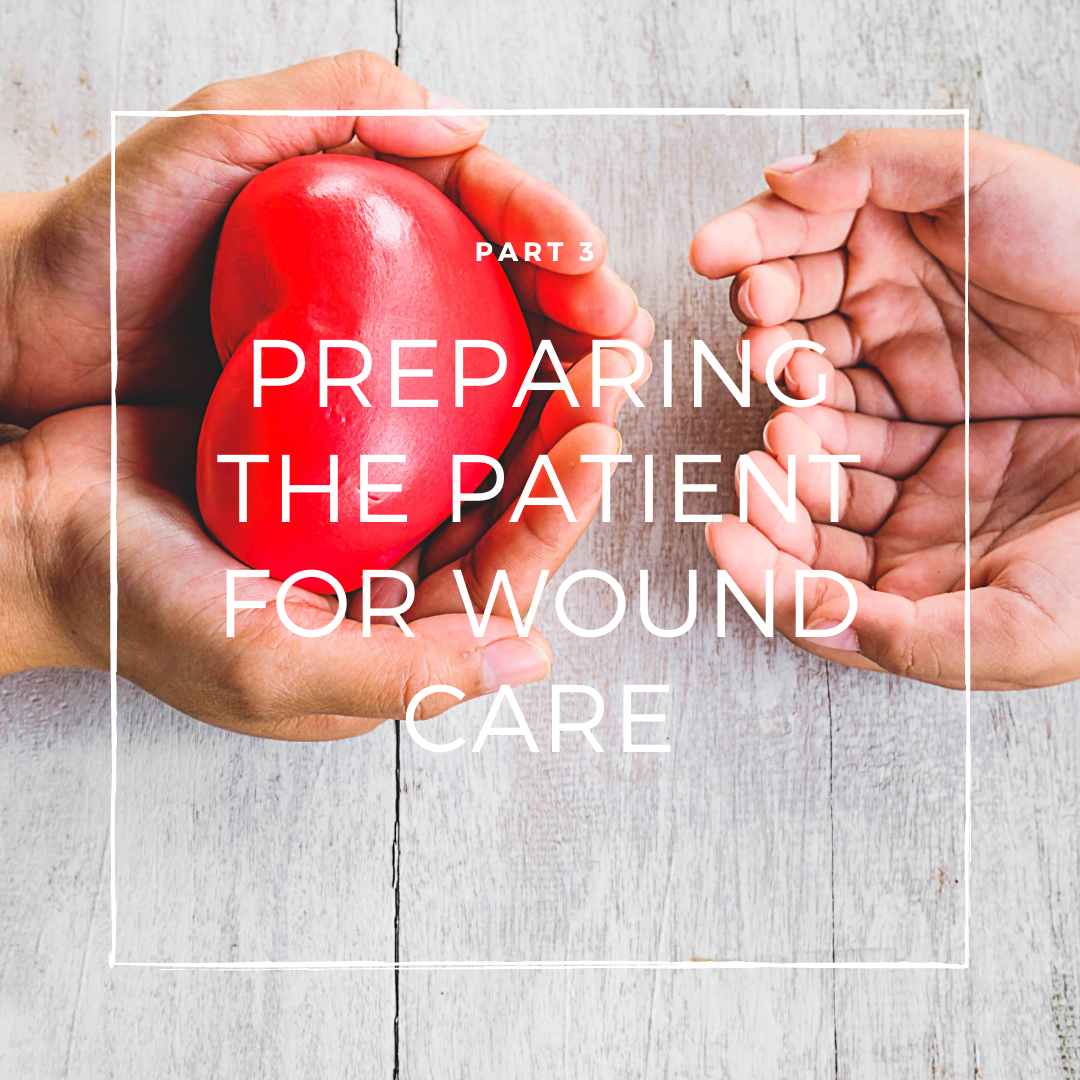Rx Pad
Part 3: Preparing the Patient for Wound Care
This is the third and final installment in the series about how to prepare your patient for wound care treatment.
In Part 1 we covered Transfers, Patient Comfort, Pain Scales; if you missed Part 1, you can read it here
In Part 2 we covered Premedication, Time-Outs, Dressing Removal/Cleansing, Sterile Versus Clean. Read it here
Part 3: Preparing the Patient for Wound Care
H. Choice fo Sterilization (Spaulding's classification)
- Critical items that enter into tissue or vascular space: sterilization
- Semi-critical items that come into contact with mucus membranes or non-intact skin: high-level or intermediate disinfection
- Non-critical items that come into contact with intact skin: intermediate or low-level disinfection
I. Disinfecting equipment
- Know the organisms.
- Follow the recommended concentration and contact duration.
- Follow the recommended temperature (most are room temperature).
- Some disinfectants are ineffective in the presence of soap.
- Remove all organic material, e.g., blood, excretions.
- All equipment surfaces should be in contact with the solution.
J. Infection Control/Safety Issues
- Always use standard precautions.
- Based on the principle that all blood, body fluids, secretions, excretions (except sweat), non-intact missible infectious agents.
- Include infection prevention practices that apply to all patients, regardless of suspected or confirmed infection status, in any setting where healthcare is delivered.
- Include hand hygiene, gloves, gowns, mask, eye protection, or face shield (depending on the anticipated exposure), and safe injection practices.
- Material Safety Data Sheets (MSDS)
- Always use standard precautions.
- Information on hazardous materials
- Instructions on how to handle exposures
- Contain numbers to call for help
- Know their location
Source Reference: Wound Care Certification Study Guide, Second Edition by Jayesh B. Shah, MD, Paul J Sheffield, PhD, Caroline E. Fife, MD
Free Report Reveals the "10 Pearls" To Ace Your Certification Exam
Discover The "10-Pearls" to Ace Any Wound Care Certification Exam.
The secrets that all wound care certification test takers need follow, but no one ever told you.
This free report reveals the exact 10 steps you need to follow to pass any wound care certification exam . . .
- Learn what the certification agencies are looking for in your test answers.
- Discover which exam answer choices to avoid.
- Conquer test-anxiety.
When you subscribe to the blog, we will send you an e-mail when there are new updates on the site so you wouldn't miss them.



Comments